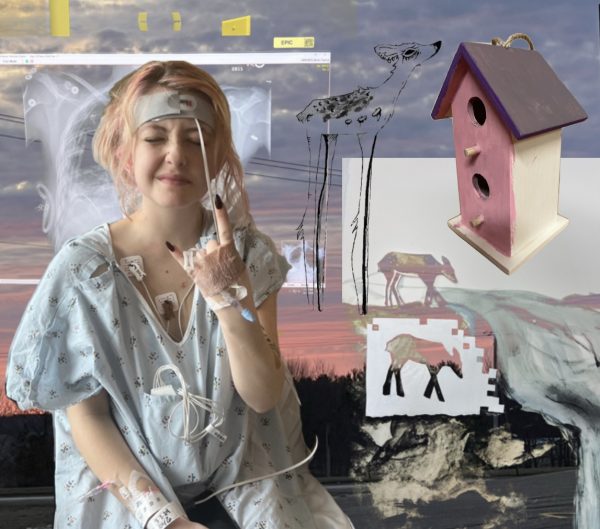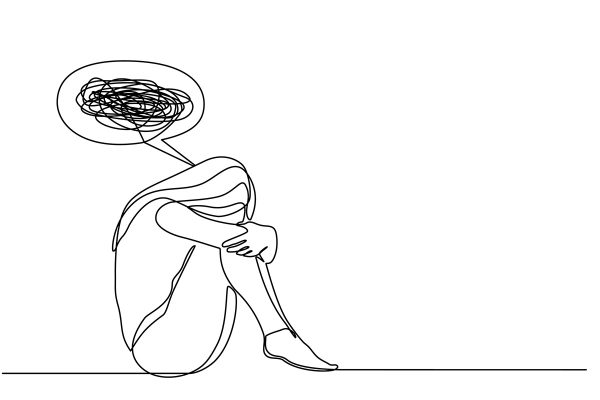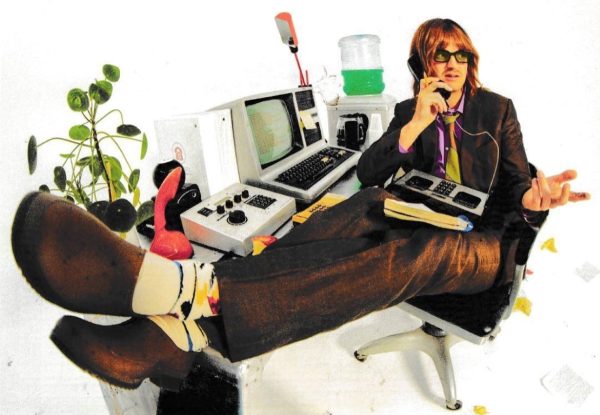Withholding judgment in questionable waters
Sewage leak affects Eau Claire’s image, raises questions
More stories from Gabriel Lagarde
At some point in the hectic, dizzying world of deadlines, all-night cramming sessions, group projects and three-hour evening classes we call a college education, more than a few of us has thrown up our hands and used the time-honored expression:
“I’m up to my neck in crap!”
As it turned out, in 2016 that phrase took on a whole new meaning, not only symbolic, but literal.
With the July 27 announcement that two sewer lines at the junction of the Chippewa and Eau Claire rivers were damaged and, as a result, an estimated 300,000-400,000 gallons of sewage was pouring into the river daily.
Any of us who were unlucky enough to tube or swim this summer were, for all intents and purposes, up to our necks in crap.
A number like 11 may seem insignificant in comparison to hundreds of thousands, but not when it comes to months. The Leader-Telegram reported this was how long the spill lasted: 11 months, a breach spewing 96 million gallons of waste into the ecosystem. As Leader-Telegram writer Julian Emerson noted, that’s a pretty conservative estimate.
Past any initial gag reflex, the implications of this goof-up become more widespread and disturbing. Spend any length of time in this city and you’ll quickly realize the river is the lifeblood of Eau Claire.
It isn’t quite the logging and watermill hub it was in the 1800s and early 1900s, but it’s more than a point of pride for those of us who freeze our faces off every winter crossing the foot bridge at 8 a.m., muttering through our ice encrusted lips about some top-ten list David Letterman compiled.
The river is what makes Eau Claire pristine; UW-Eau Claire the “most beautiful campus in Wisconsin.” Much of the downtown’s resurrection can be attributed to the wonderful landscape that frames it, the gently winding embrace of the waterways. It creates a place where people want to live and contribute.
As test results come back indicating a heightened presence of harmful fecal bacteria in the river, a number of questions that don’t have easy answers come to the surface. Even the abnormal test readings can be attributed to rainfall or duck droppings, but the scope of the incident, the amount of sewage coupled with the length of time the pipes were leaking, leaves a blind spot nearly a year long that can’t be accounted for.
While it was mostly during a time people were not spending in the water, the negative effects of raw sewage extend beyond the human population. The environmental impacts of introducing fecal particulates and bacteria to an ecosystem aren’t pretty.
Of course, it all leads to the overarching concern: how did nearly one million gallons of sewage enter the river undetected for almost 11 months? There have been angry opinion pieces written in the Leader-Telegram calling for the punishment of city administrators, some to the point of describing the spill and those at fault as “criminal.”
Closer to home, many students are horrified by the health hazards they were unknowingly exposed to on top of disappointment watching much of their summer literally go to waste.
People have to remember it’s a developing situation. The incident is currently under investigation by the DNR and until their findings are released, any sentiments of anger or calls for retribution amount to little more than a witch-hunt.
Only after the details in their entirety are gathered can we make judgments as a community.









